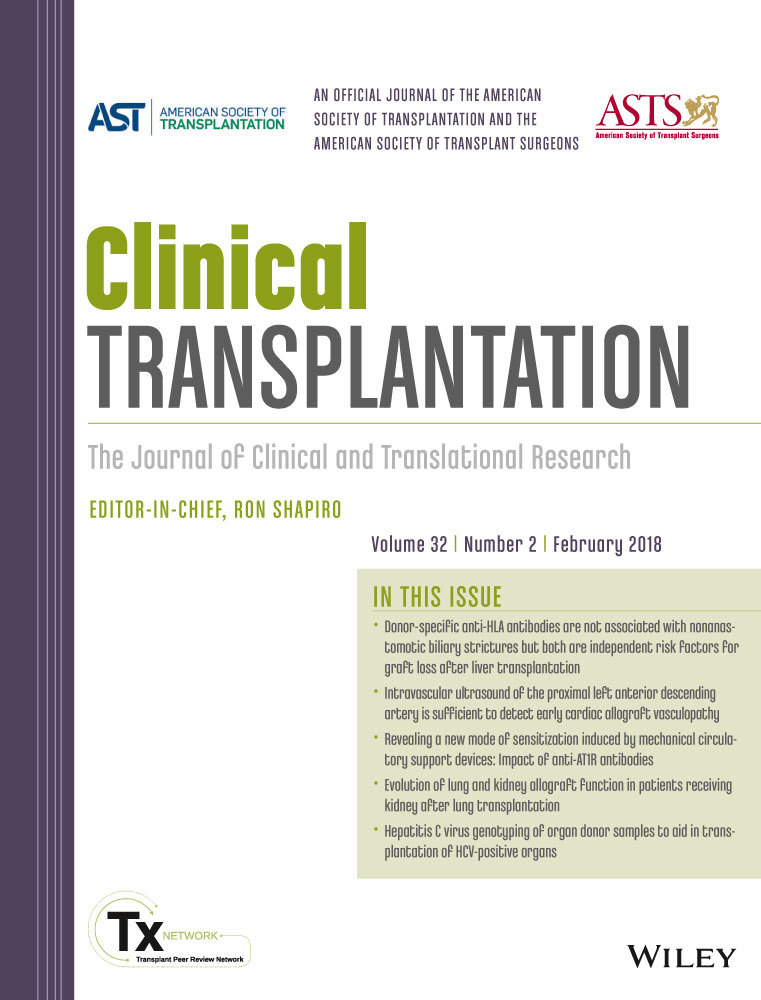Blood transfusion is a critical determinant of resource utilization and total hospital cost in liver transplantation
Abstract
Objective
The aim of this study is to identify factors associated with increased resource use and total hospital cost (THC) after liver transplantation (LT).
Methods
A study of LT patients undergoing surgery between January 2008 and December 2013 was performed. Main end points were LOS, intensive care unit length of stay (ICU LOS), days on the ventilator, THCs, service area costs.
Results
A total of 191 patients undergoing LT were included in the analysis. Creatinine and blood transfusion were significantly associated with prolonged LOS, ICU LOS, and days on the ventilator. Multivariable analysis of predictors of THC demonstrated creatinine as a strong pre-operative factor. Creatinine was also a significant predictor of OR, ICU, pharmacy, in-patient (floor), diagnostics, and ancillary services cost. After controlling for intra-operative factors such as operative time and blood transfusions, we found that transfusions were the strongest independent predictors of total cost. Patients receiving <5 units of PRBCs had a median LOS of 7 days. ICU LOS doubled and ICU total cost increased by 50% if patients required more than five transfusions of PRBCs.
Conclusions
Elevated serum creatinine and blood transfusions are the most critical determinants of increased resource utilization and hospital expenditure in LT.
CONFLICT OF INTEREST
None.




